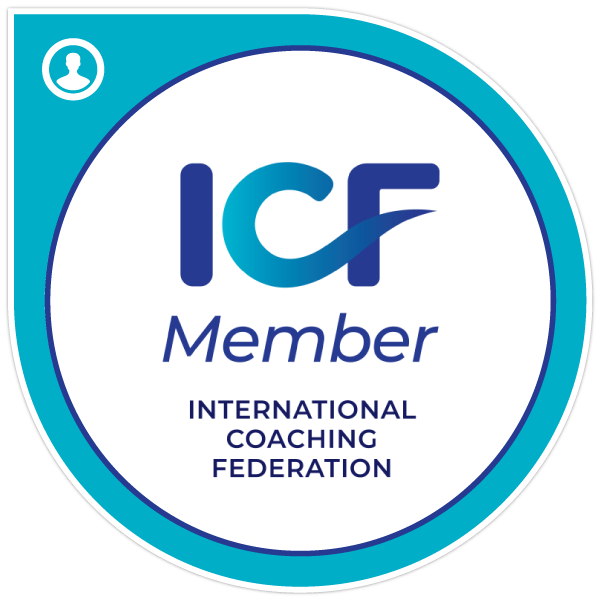Lonliness in Leadership
Rich Baron • January 4, 2023
Being a Leader does not mean you must be Lonely

We often hear the phrase; it is lonely at the top. No doubt being in a leadership position can become a lonely place. Harvard Business Review reported that half of all CEOs report that loneliness is indeed a problem and at times, has hurt their overall performance. Today, if you google, “loneliness in leadership,” you will get more than 12 million results. We are not alone in our assumptions that there is an issue with feeling alone at the top. The feelings of loneliness appear as we climb higher up the ladder in our careers.
Leaders are at unique risk for loneliness. Having to make the decisions that come from being in a senior leadership position can make one feel as if they are indeed alone at times. The added challenges of leading an organization can compound these feelings of loneliness and those who understand this unique burden, are all too often consumed with their leadership journey to offer substantial perspective.
These feelings of loneliness can cross over into our personal and family lives making it difficult to compartmentalize the office from our homes. In addition, loneliness if left unchecked, can create higher levels of stress which can impede sleep, affect our ability to think rationally, and augment depression and anxiety.
Merriam-Webster dictionary defines lonely as the following:
• Being without company.
• Cut off from others.
• Not frequented by human beings.
• Sad from being alone.
• Producing a feeling of desolation or bleakness.
It takes a lot of grit, courage, and determination to be a leader and ascend the corporate ladder. However, based on the definition of being lonely, and the accounts of so many who have experienced this problem, it raises a simple question - who in their right mind would ever want to be in a senior leadership position? The simple fact is that loneliness in leadership does not have to be the norm. So, what can be done to help alleviate this problem?
Build Meaningful Relationships in your Organization
Great leaders in any organization are committed to building meaningful relationships and commit to being more connected every day with the people they work with. These same leaders have a mindset that they are part of a bigger picture regardless of the title that is on the outside of the office door. Make a conscious effort every day to be altruistic and surround yourself with people you trust and can be connected with.
Be Present
One of the traits of great leadership is being in tune with how our actions impact those around us. So often we hang up the “Do Not Disturb” sign simply by not being present and in touch with the people around us. It can be through a lack of interaction or working behind closed doors. Either way, it will push those you need the most in your organization away. Being aware of your corporate footprint and how your actions impact those around us will go a long way in alleviating the feelings of being alone. Simply put, leaders do not have the luxury of not being aware of their interconnectedness.
Be Transparent
Being transparent in the workplace means that there is effective, open communication throughout the organization. A transparent and accountable leader is someone that employees look up to. These leaders gain employee loyalty and trust and create a culture of inclusion, engagement, and open collaboration. The benefits of transparent leadership are plenty, including eliminating loneliness.
Avoid the Overconfidence Effect
Often as a leader’s power grows, real or perceived, they tend to become overconfident in their abilities. This is called the “Overconfidence Effect.” This is one of the most precarious traps to fall into as a leader. This false sense of confidence can lead to ineffective listening, assumptions, misunderstandings, and psychological blind spots. It results in employees feeling that there is a lack of transparency which erodes their trust in you as a leader.
It is a proven statistic that overconfidence in leadership results in pushing those away that you need the most in running your organization. This in turn results in those feelings of loneliness when tough decisions need to be made and there is no one to turn to.
The Vulnerability Decision
Great leaders surround themselves with experts in their fields and readily seek advice, counsel, and open collaboration. These same leaders realize that they may not the smartest, wisest person at the table. The decision to be vulnerable does not mean you are a weak leader. It takes a great deal of courage in choosing to be vulnerable. The vulnerability decision is the key to unlocking the potential to become a great leader, and once again, ending the loneliness factor. Being a vulnerable, humble leader will open doors to opportunities never thought possible for yourself and your organization.
In Conclusion
The notion that loneliness in leadership comes with the territory must be changed. Being vulnerable, humble, a good example, and transparent will increase the power of your organization and decrease the potential of loneliness in leadership. Law #42 of the 50 laws of intelligent leadership states that “Management is not a matter of controlling people or processes to accomplish a goal. Leadership is about influencing, motivating, and enabling people.” However, if you are from the demand-and-control school of management, you are in for a rude awakening when it comes to finding those people who are willing to stand by your side through those tough times. In short, plan on being lonely.
Rich Baron is a Master Certified Intelligent Leadership Executive Coach with over 25 years of operational management and executive-level leadership experience. Along with his coaching partner, Maikel Bailey, they bring over 50 years of executive coaching and leadership experience to the table.




